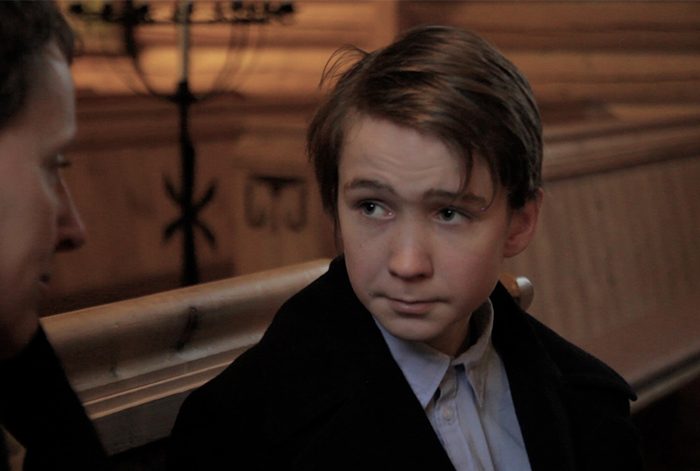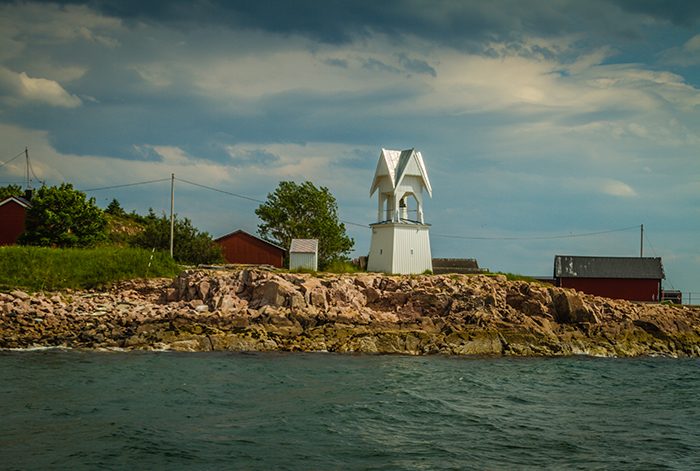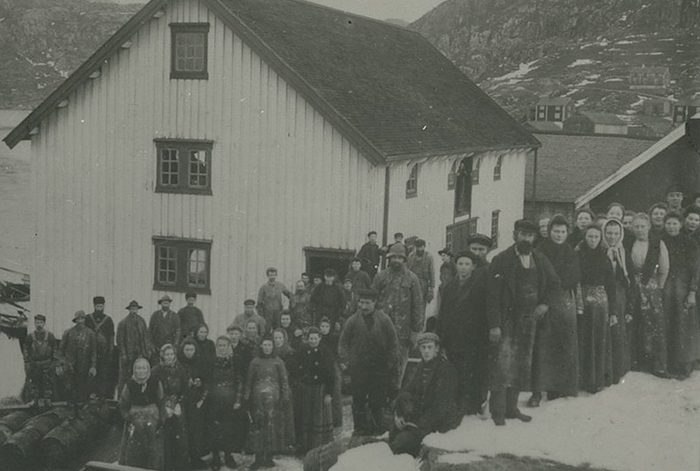Archives
Rein Church
Posted by Pål Ødegård on / 0 Comments
JOHAN: Mother, why are you crying? RANDI: This was the last confirmation here in Rein Church. They are building the new church at Føll, and that’s too far away for me. Føll is so far away that we can’t even hear the church bells. Isn’t that sad, Johan, when Christmas Eve comes, without the sound...
The Rødberg Fog Bell
Posted by Pål Ødegård on / 0 Comments
«And hoy! The fog came suddenly. That he should go fishing on a day like this, but he needs to make a living, and the nets have to be drawn. The fisherman clings to the wheel. The wind and waves call for precise manoeuvring. He could hardly see his own boat. Whereabouts was he, anyway?...
Stilleberget in Råkvåg
Posted by Pål Ødegård on / 0 Comments
Next to the wharves in Råkvåg you’ll find Stilleberget. It was named after Stille Johansen who lived by the bay around 1700. We know little about individuals and how they lived more than 300 years ago, but in old records and documents, we can find small pieces of information that tell us something about what...
The Strike at the Cannery in Råkvåg
Posted by Pål Ødegård on / 0 Comments
Hilda received her first pay cheque in 1917. Before that she worked at home on the farm, like her mother and grandmother. Råkvåg in Fosen had become a busy village thanks to the precious herring. The herring brought opportunities for paid work to Fosen, and Råkvåg Canning was established in 1914. Hilda and the other...
The Strømmen Wharf at the Old Rissa Centre
Posted by Pål Ødegård on / 0 Comments
From The Vikings by Johan Bojer: «The days were grey and dark, and the roads leading to the general store were alive with the trampling of iron heeled feet. The store on this side of the strait filled up first, and they stood close together, work shirts aligned. And the humpbacked vendor behind the counter...
Valseidet: The Landscape of the Dead
Posted by Pål Ødegård on / 0 Comments
In the Early Iron Age, long before Christianity was introduced in our country, graves were dwellings for the dead. The house and the farm belonged to the living, while the mounds and cairns belonged to deceased ancestors. Ancestry was important for religion and rituals. The burial site was a sacred and significant place in the...






